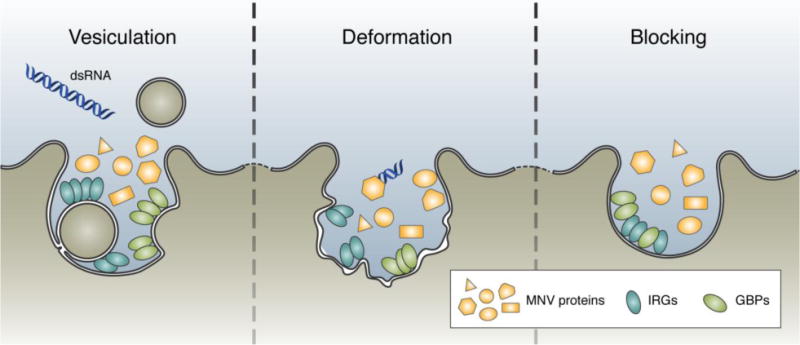Figure 5. Three models for the IRG/GBP mediated inhibition of viral RCs.

Based on previous characterization of the IRGs and GBPs in the control of pathogens, there are three potential effector mechanisms of these proteins in relation to the RC. (Left) Expanding upon the dynamin-like role assigned to the IRGs and GBPs in the control of T. gondii, these proteins may function to vesiculate the RC, releasing viral proteins and PAMPs into the open cytosol for innate recognition. (Center) Alternatively, the GTPases may function to deform the membrane structure of the RC. Deformation of the RC may inhibit the formation of viral protein complexes important for the efficient replication of the genome, and therefore preventing viral replication. (Right) Finally, the GTPases may function to sterically block the MNV proteins from associating with the membrane and preventing viral replication.
